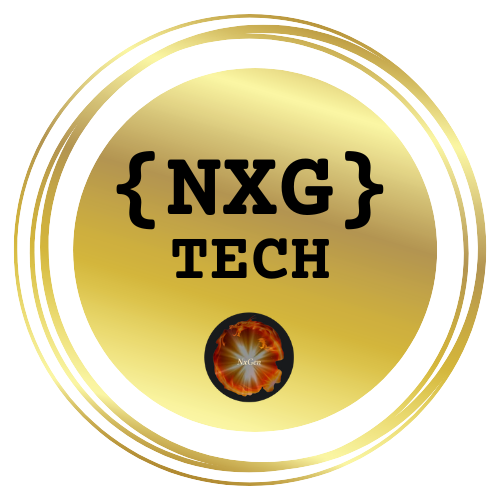
How Ed Pierson Became a Voice for Accountability
In a world where corporate accountability often falls through the cracks, Ed Pierson stands as a beacon of hope for many. A former senior manager at Boeing’s 737 Max factory, Pierson has transformed his personal turmoil over safety lapses into an active campaign for aviation reforms. Through his relentless efforts, he has brought attention to serious production issues that many believe have contributed to two tragic crashes, claiming the lives of 346 individuals.
Pivotal Events Spark the Whistleblower Movement
It all began with Pierson's firsthand observations of the chaos that ensued during the rushed production of the 737 Max. As Boeing executives prioritized speed over quality in the face of competition from Airbus, Pierson witnessed a dangerous disregard for safety standards. “Frankly right now all my internal warning bells are going off,” he wrote to upper management in a desperate plea, suggesting a halt in production until quality could be assured. His warnings went unheeded, and shortly after, the world was shocked by the crashes of Lion Air Flight 610 and Ethiopian Airlines Flight 302.
Community Voices: Rallying Support for Changes
Pierson’s campaign is not just a personal vendetta; it's a rallying cry. He has gathered the families of crash victims to unite against Boeing, sharing insights and frustrations while keeping the memory of their loved ones alive. One family member, Chris Moore, highlights the cathartic power of this union, stating that they rely on Pierson's knowledge and determination to protect others from suffering similar fates.
Counterarguments: Boeing's Response and Industry Defense
Despite the increasing weight of Pierson’s claims, Boeing has continuously defended its safety record. They argue that their planes are safe and that internal investigations do not support accusations against the production process. For Pierson and his supporters, however, this is not enough. Boeing's back-and-forth on allegations of safety lapses has fueled what many see as a culture that prioritizes profit over safety, further igniting the fire for accountability.
Looking Ahead: Can Change Occur?
As investigations continue and regulatory scrutiny ramps up, many are left wondering if this ordeal will finally lead to meaningful improvements in airline safety culture. Pierson’s ongoing advocacy, marked by public appearances and the establishment of his podcast, Warning Bells, aims to keep these crucial conversations alive in the public eye. For him, the fight does not end with a few reforms; it is about ensuring that an American manufacturing giant like Boeing prioritizes the safety of its passengers above all else.
Act Now: Your Voice Matters in the Quest for Safety
With the ongoing debate over aviation safety, it's vital for consumers to remain vigilant and demand transparency from airlines. You can play a role in this movement by supporting safety advocacy groups and staying informed about the latest developments in the industry.
 Add Row
Add Row  Add
Add 




Write A Comment